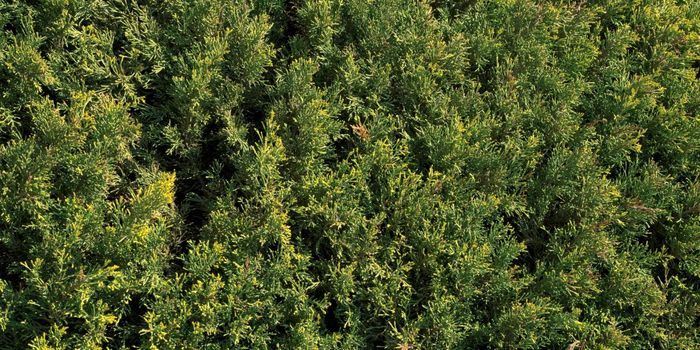Scientists Discover Record-Breaking Rodent
In a year of extremes, researchers have also unveiled a new record-breaking animal—the highest dwelling mammal on Earth. According to Science News, the previous record-holder was the large-eared pika, found at an altitude of 6,130 meters on Mt. Everest in 1921. Science News reports the new record holder for the world's highest dwelling mammal is the yellow-rumped leaf-eared mouse (Phyllotis xanthopygus), observed at 6,739 meters on the summit of Volcan Llullaillaco along the border of Chile and Argentina.
This discovery was published in a brief report in the Proceedings of the National Academy of Sciences last month. According to this report, sightings of rodents at extreme altitudes in this region in 2013 compelled the research team to conduct a survey expedition Volcan Llullaillaco, the second highest active volcano in the world.
Rodents living at these altitudes would "challenge current thinking about physiological and ecological constraints on the altitudinal range limits of mammals." According to the study, mammals' upper altitudinal limits were generally thought to be up to 5,8000 meters above sea level. This limit occurs due to a lack of food availability and decreased physiological capacities to survive in low oxygen and below-freezing temperatures.
Footage of a leaf-eared mouse (Phyllotis spp.) at 6205 m on Volcán Llullaillaco, Región de Antofagasta, Chile (24°43.052'S, 68°33.323'W). Filmed by Matthew Farson.
The rodent tracking expedition occurred in February of this year. An article from the University of Nebraska-Lincoln (UNL) reports that world-class mountaineer Mario Perez Mamani guided UNL professor of biological sciences Jay Storz and fellow biologists on the expedition. The team live-trapped mice along the climb, finding several elevation record-breaking species along the way.
After weeks of trapping specimens and surviving on little sleep at the low-oxygen altitudes, they made the unexpected discovery of the yellow-rumped leaf-eared mouse at the summit's peak. UNL reports that it was the only hand-caught specimen of the entire journey. Additionally, at this altitude, the yellow-rumped leaf-eared mouse would be living with 45% of sea-level oxygen in a habitat where temperatures dive to nearly -60 degrees Celsius.
Returning from their exciting expedition, the team recognized the work they now had to do. As UNL reports, this mouse lives a mile above any green plants, so what does it eat? In addition to this question, the team hopes to answer many more about the record-breaking species.
Storz told UNL reporters, "We're going to be doing a lot of experiments to figure out what specialized physiological adaptation they've evolved to these low oxygen conditions. And, we're analyzing whole-genome sequences to figure out the genetic changes involved."
Sources: PNAS, UNL, Science News









